Author: Joe@Go2Mars
In the past, the biggest problem with GameFi was that the vast majority of people were simply playing games to make money, and the project side was unable to effectively introduce more external support to support the operation of the game, and ultimately could only choose to be bad or directly RUG. Today, the industry is moving towards creating a more immersive and engaging experience, no longer just tokenizing in-game assets, but moving the entire game onto the chain through techniques such as sharding and subnetwork distribution, and focusing more on building a truly "fun" explosive hit.
Among the many GameFi projects in this bull market, Ultiverse is definitely one of the most anticipated projects this year. Inspired by immersive worlds in movies such as "Ready Player One," "Free City," and "Westworld," Ultiverse is not just trying to create a game, but is building a comprehensive digital society.
Rome wasn't built in a day, and the rise of UltiverseDAO is bound to have a particularly unique growth path. Therefore, this series of articles will analyze the product answers of this Web3 Game platform step by step from the protocol layer to the application layer.
AI-driven, the four product levels of Ultiverse
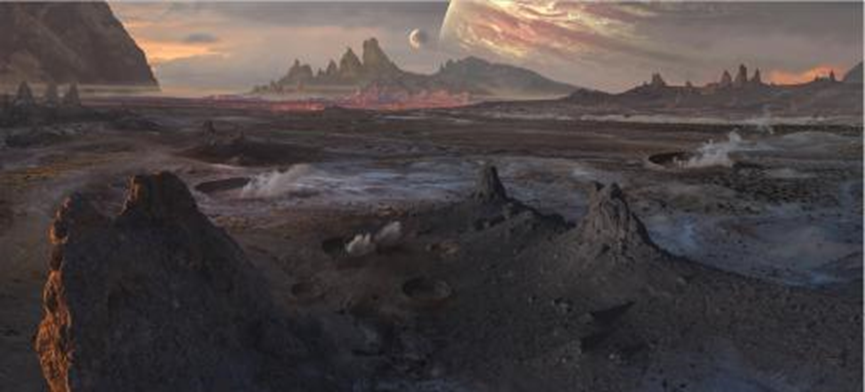
According to the official description, Ultiverse aims to provide an immersive gaming experience in the Web3 game ecosystem by combining AI and blockchain technology, and to build a metaverse where users can play, create, and connect. Ultiverse's core builds an AI-driven ecosystem, which is divided into four different levels, each playing a key role in the overall functionality and user experience.
1. Protocol Layer - Bodhi Protocol
As the foundation of the Ultiverse ecosystem, the Bodhi Protocol is a framework that combines Web3 assets with Generative Artificial Intelligence (GenAI) to enhance the gaming ecosystem. By utilizing large language models and stable diffusion models, the Bodhi Protocol can generate diverse content tailored to the game world.
2. Infrastructure Layer – Infra
Ultiverse Live: As the dynamic media department, it provides a comprehensive media platform tailored for Web3 projects.
Mission Runner: A task platform where users can take on daily tasks and receive generous rewards.
World Book Creator: Provides AI-driven tools to help game developers create immersive worlds and scenes.
Marketplace: Provides a trading space for in-platform assets.
Visual DID Creator: An AI-based tool that allows users to create and customize various PFP-style NFT templates.
3. Asset Layer – Assets
Includes three core assets: Electric Sheep, World Fragment, and MetaGF, which provide players with unique functions and incentives, enhancing player stickiness.
4. Application Layer – Dapps
Includes all decentralized applications launched within the Ultiverse ecosystem, such as GameFi, DeFi, and SocialFi applications like Terminus.
In this article, we will first focus on introducing the first two levels of Ultiverse: the protocol layer and the infrastructure layer.
The underlying driver of Ultiverse—Bodhi Protocol
Bodhi is an innovative protocol that combines Web3 assets with GenAI to promote the development of the gaming ecosystem. It provides two main functions:
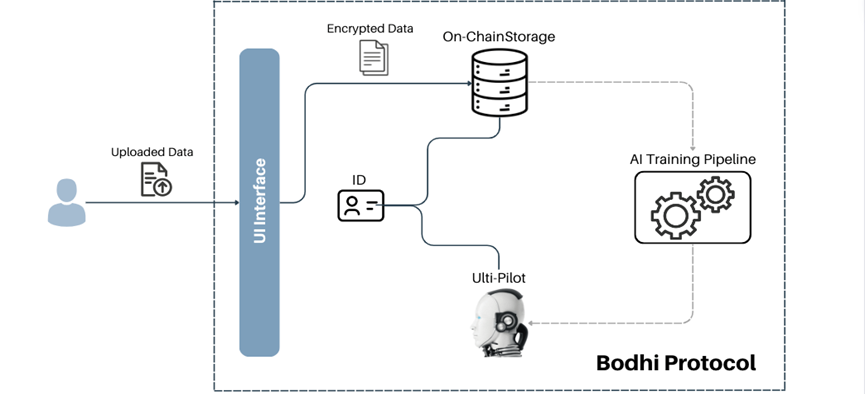
Ulti-Pilot: The Bodhi Protocol allows developers to customize AINPC, which is crucial for any game integrated into Ultiverse. At the same time, players can also create their own exclusive Ulti-Pilot as their "identity" in Ultiverse. By interacting with the ecosystem or smart contracts, this data is encrypted and stored on the chain, associated with the player's DID, becoming exclusive digital assets for future exchange or monetization.
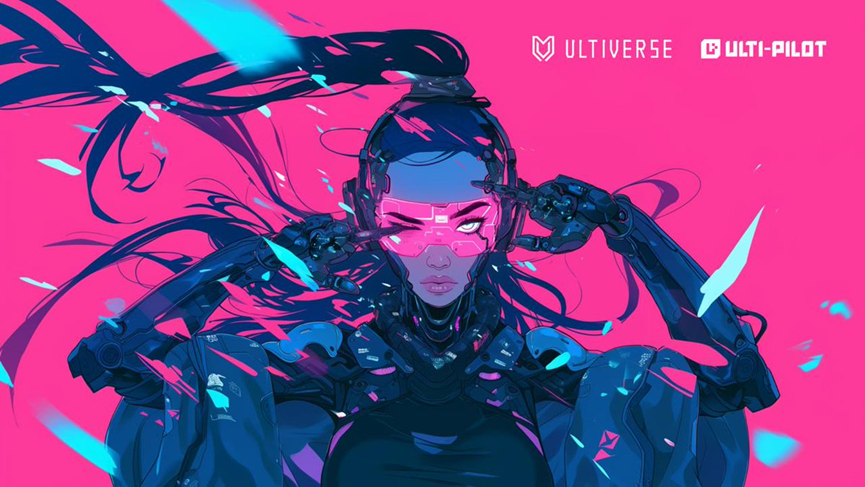
Creation of Micro-Worlds: Game developers in the Ultiverse ecosystem can use the Bodhi Protocol to create their own AI-driven micro-worlds, which are interconnected through specific AI NPCs and serve as nodes linked to the larger Ultiverse world. Each micro-world is an independent game. The Bodhi Protocol addresses how to connect these micro-worlds in a generative AI manner.
Ulti-Pilot serves not only game players but also each micro-world itself. The player's DID acts as an agent for transmitting information between different micro-worlds, including roles, abilities, history, and relationships. At the same time, game studios can also build official agents to communicate with other micro-worlds and exchange information to better serve players. Ulti-Pilot acts as a bridge between players and micro-worlds in the Bodhi Protocol, facilitating the flow of information and enhancing interactive experiences.
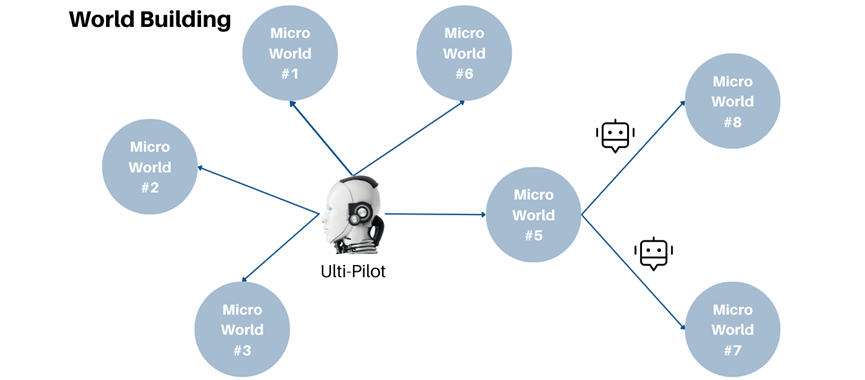
Infrastructure Layer – Infrastructure
As the cornerstone of Ultiverse, its infrastructure is crucial for enhancing the overall experience of users and developers, supporting the efficient operation of Ultiverse, and ensuring scalability, enabling Ultiverse to effectively reach and attract a wider audience.
Ultiverse SDK
To address the challenges of traditional game projects transitioning to the Web3 environment, Ultiverse has developed a comprehensive multi-platform software development kit (SDK) to simplify the integration process for developers and provide players with a seamless Web3 application and gaming experience. This comprehensive SDK serves as a strategic entry point for developers, empowering them to quickly integrate key features including built-in MPC and AA wallets, leaderboards, achievements, and more.
Ultiverse Live
As the dynamic media department, Ultiverse Live is a comprehensive media platform tailored for Web3 projects, with its main mission being to expand the visibility and reach of Web3 projects, bridging the gap between Web2 and Web3 audiences. As a centralized information center, Ultiverse Live provides users with a fast channel to easily access details and updates on various projects.
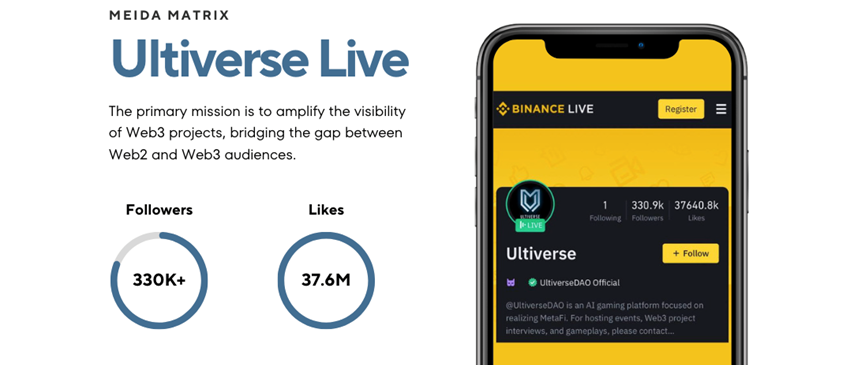
Mission Runner
Mission Runner is a task platform within the Ultiverse ecosystem that attracts user participation by providing rewards for completing various tasks. It integrates with the Ultiverse ecosystem through the Bodhi Protocol and Ultiverse SDK to achieve data synchronization between different Dapps.

World Book Creator
Powered by Ultiverse's strategic partner RPGGO.ai, the "World Book Creator" provides a tool for creating world books for game categories. The world book will include storylines, characters, world objectives, core conflicts, etc., and the entire world will unfold iteratively. Ulti-Pilot influences the storyline in real-time, allowing players to experience a customized gaming experience within their micro-world.
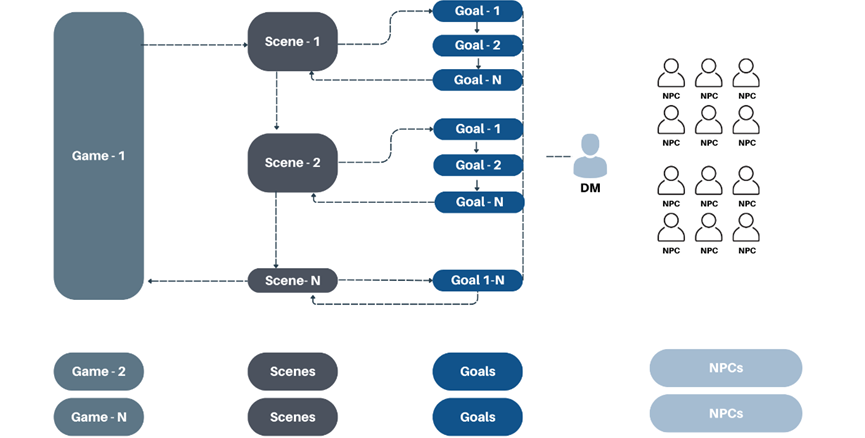
So far, we have provided a technical analysis of Ultiverse, the new darling of the Web3 Games track, for everyone. Built on the Bodhi Protocol and with AI+Web3 Game as the main narrative, Ultiverse has created an ecosystem full of infinite possibilities for players and blockchain game developers. Breaking free from the shackles of traditional games that can only run independently, Ultiverse has created a metaverse that includes all of its games in the same virtual world. This ambitious concept and massive narrative are attracting more and more users and capital.
In the next chapter, we will continue to interpret the top players in the Web3 Games track from the perspectives of gameplay, assets, token economy, and development path. Stay Tuned.
免责声明:本文章仅代表作者个人观点,不代表本平台的立场和观点。本文章仅供信息分享,不构成对任何人的任何投资建议。用户与作者之间的任何争议,与本平台无关。如网页中刊载的文章或图片涉及侵权,请提供相关的权利证明和身份证明发送邮件到support@aicoin.com,本平台相关工作人员将会进行核查。




